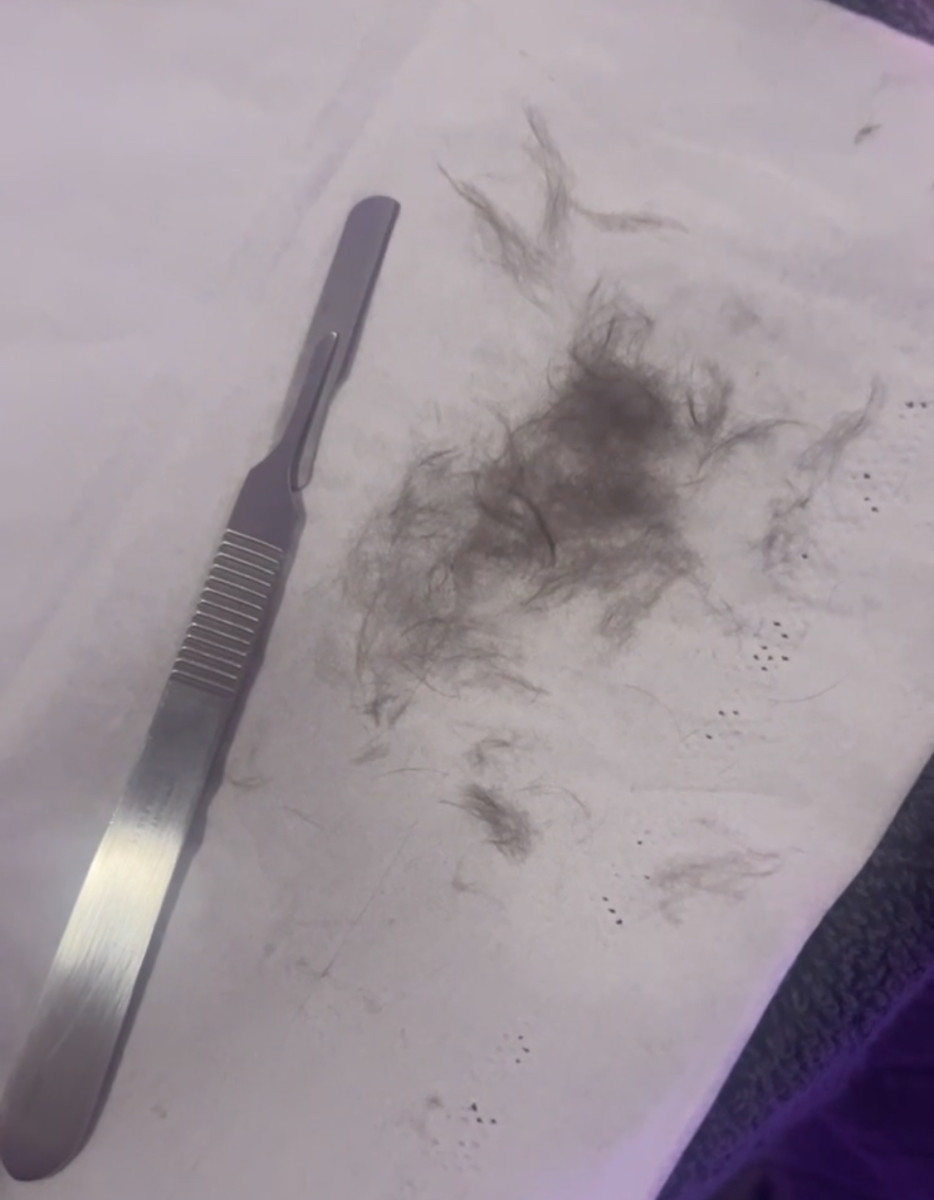I’delighted to introduce myself as the Master Aesthetician at Venus Spa, serving the Boston area for over 24 years. Our spa stands at the forefront of technology, offering top-notch services delivered by an educated and passionate team.
Now, let’s delve into the captivating world of dermaplaning.
“What is dermaplaning?” Dermaplaning, also known as a dermaplane facial, is a non-invasive skincare treatment designed to exfoliate the skin by removing dead skin cells and fine vellus hair, commonly known as peach fuzz. This process leaves the skin smoother, brighter, and more radiant.
“So, how does dermaplaning work?” Well, it’s quite simple yet remarkably effective. Using a sterile surgical scalpel, our skilled aestheticians gently glide the blade across the surface of your skin, carefully removing the outermost layer of dead skin cells and unwanted hair.
“Is dermaplaning safe?” Safety is always our top priority at Venus Spa, and I’m pleased to assure you that dermaplaning is indeed a safe procedure when performed by trained professionals. Our team undergoes rigorous training to ensure the highest standards of safety and efficacy.
“Does dermaplaning hurt?” Fear not! Most clients find the experience to be quite comfortable, with minimal to no discomfort during the treatment.
“Who can benefit from dermaplaning?” Well, the beauty of this treatment is its versatility. Dermaplaning is suitable for all skin types and can benefit anyone looking to achieve smoother, more radiant skin.
“Are there any side effects of dermaplaning?” While rare, potential side effects may include temporary redness or sensitivity. However, these typically subside within a few hours to a day.
“How often should you get dermaplaning done?” We recommend scheduling dermaplaning treatments every 4-6 weeks to maintain optimal results. However, individual needs may vary, and our team will provide personalized recommendations during your consultation.
“Can you do dermaplaning at home?” While dermaplaning is primarily performed in professional settings like ours, attempting dermaplaning at home carries risks and may not yield the same results as a professional treatment.
“What are the results of dermaplaning?” The results of dermaplaning are immediate and remarkable, leaving your skin smoother, brighter, and more radiant with each treatment.
“Is dermaplaning suitable for all skin types?” Yes, dermaplaning is suitable for all skin types, offering a myriad of benefits for those seeking smoother, brighter, and more youthful-looking skin.
At Venus Spa, we believe in providing comprehensive care, from preparation tips before your dermaplaning treatment to post-care skincare routines. Your well-being and satisfaction are our utmost priorities, and we’re here to guide you every step of the way.
Let’s address these additional questions:
“Dermaplaning for acne scars: Does it work?”
Dermaplaning can help improve the appearance of acne scars by promoting cell turnover and stimulating collagen production. While it may not completely eliminate deep acne scars, regular dermaplaning treatments can lead to smoother, more even-toned skin over time. Combining dermaplaning with other acne scar treatments, such as microneedling or chemical peels, may enhance results.
“Dermaplaning for dark spots: What to expect”
Dermaplaning can help fade dark spots and hyperpigmentation by removing the outer layer of dead skin cells, allowing for better penetration of brightening ingredients. However, it’s essential to combine dermaplaning with a comprehensive skincare routine that includes sunscreen and targeted treatments for optimal results. Results may vary depending on the severity and type of dark spots.
“Dermaplaning for fine lines and wrinkles: Results”
Dermaplaning can help reduce the appearance of fine lines and wrinkles by promoting cell turnover and stimulating collagen production. With regular treatments, you can expect smoother, firmer skin and a more youthful complexion. However, it’s essential to maintain realistic expectations and understand that dermaplaning may not completely erase deep lines or wrinkles.
“Preparation tips before dermaplaning treatment”
Before your dermaplaning treatment, it’s essential to avoid using retinoids or exfoliating products for at least a week to minimize the risk of irritation. Additionally, be sure to inform your aesthetician of any skincare concerns or allergies to ensure a safe and effective treatment experience. Hydrating your skin with a gentle moisturizer can also help prepare your skin for the procedure.
“Post-dermaplaning skincare routine: Best practices”
After dermaplaning, it’s crucial to protect your skin from sun exposure by applying a broad-spectrum sunscreen with SPF 30 or higher. Additionally, hydrate your skin with a gentle moisturizer and avoid using harsh or abrasive skincare products that may irritate the skin. It’s also recommended to avoid direct sun exposure and excessive heat for a few days following the treatment to allow your skin to heal properly.
“Dermaplaning for pregnant women: Safety considerations”
Dermaplaning is generally safe for pregnant women, as it does not involve the use of harsh chemicals or invasive procedures. However, it’s essential to consult with your healthcare provider before undergoing any skincare treatments during pregnancy to ensure safety for both you and your baby. Your aesthetician can also adjust the treatment to address any specific concerns or sensitivities associated with pregnancy.
“Combining dermaplaning with other facial treatments: Pros and cons”
Combining dermaplaning with other facial treatments, such as chemical peels or microdermabrasion, can enhance overall results and address multiple skincare concerns simultaneously. However, it’s essential to consult with your aesthetician to ensure compatibility and safety. While combining treatments can yield more significant improvements, it may also increase the risk of skin irritation or sensitivity. Your aesthetician can tailor a treatment plan to suit your unique needs and goals, ensuring optimal results with minimal risk.



